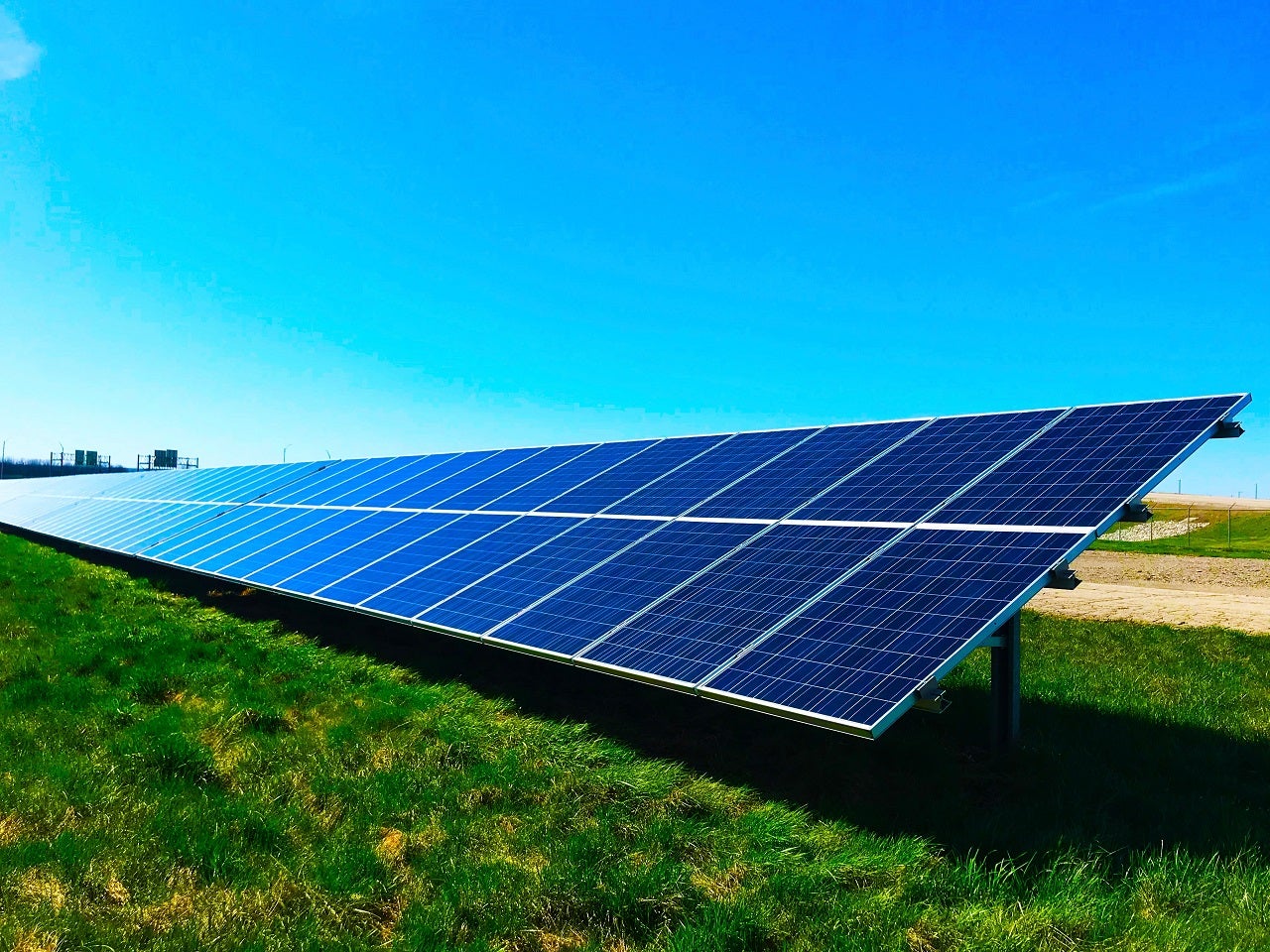
The Australian Government has granted ‘major project status’ to the proposed Asian Renewable Energy Hub (AREH), an A$36bn ($25.7bn) wind and solar project.
Initially, the project will focus on developing 15GW capacity and enhance it to 26GW at a later stage.
Reuters reported that the proposed hub will be developed in the Pilbara region in an area covering 6,500km².
During the construction phase, the project is expected to create more than 20,000 direct and indirect and 3,000 jobs when fully operating.
Australia Minister for Industry, Science and Technology Karen Andrews said: “The Asian Renewable Energy Hub has the potential to transform the East Pilbara and neighbouring Broome shire and to contribute to a major new export industry for Australia.
“Not only will the plant be able to export at scale, it will also be able to supply industries in the region while creating new job opportunities and economic growth.”
Upon completion, the project at its full capacity is expected to generate up to 100TWh of power annually.
InterContinental Energy in collaboration with CWP Energy Asia, Vestas and a Macquarie Group fund is developing the AREH.
The final investment decision for the hub will be made in 2025.
Minister for Energy and Emissions Reduction Angus Taylor added: “This project has the potential to help lower global emissions while building a new Australian industry that creates jobs and opportunities in regional Australia.
“Projects like the Asian Renewable Energy Hub will help us achieve our ‘H2 under $2’ goal and position Australia as a world leader in clean hydrogen.”
In addition to clean energy, Western Australia aims to generate hydrogen and ammonia later this decade.



